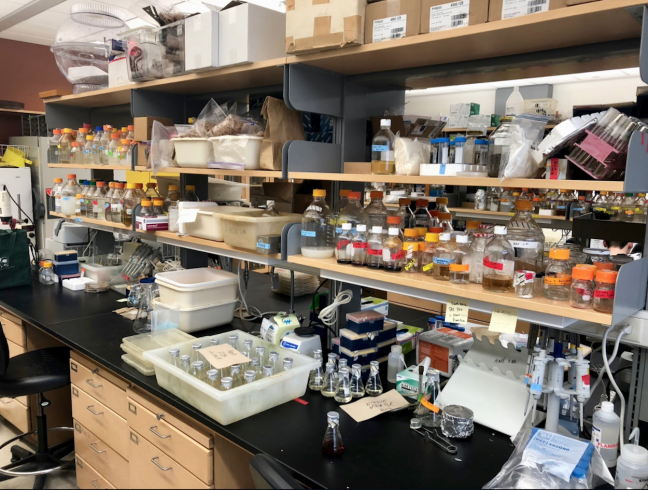Smile!
This simple action can bring joy to others, but recent research at the University of Wisconsin looked into physical reactions to smiles and their multiple uses — not all of which, are an expression of warmth.
Smiles that are meant to convey dominance are associated with a physical reaction and can cause a spike in stress hormones, UW psychology graduate student Jared Martin said. In contrast, smiles that are meant as a reward, which tend to help recipients against stress.
“We believe that smiles are not a homologous category of expressions that mean the same thing all the time,” Martin said. “Smiles are interesting because you express them in any number of context.”
Examples Martin used included how some people smile when they’re sad or in pain, like how some people smile at a funeral or smile at pain. Martin links this to how smiles are related to any number of internal states.
In previous works, Martin and others argued there are three social tasks that smiles can solve in the world. The three tasks are dominance, social affiliation and reward.
A dominant smile is meant to help negotiate social hierarchy. Martin said this type of smile is meant to be shown when people are trying to show others they feel superior to them and are trying to put them in their place.
A dominant smile is similar to a smirk or a sneer is asymmetrical and a cocky gesture. This kind of smile tends to occur when after a win at a sporting event, Martin said.
A smile showing social affiliation is used to signal to someone that the person is non-threatening and approachable, Martin said.
“A good example [of a social affiliated smile] is when you’re walking down the hallway and you see someone you don’t know very well, but you don’t want them to think you’re threatening or going to hurt them, but they’re not your best friend either,” Martin said.
App designed by UW researchers proven to help overcome drug, alcohol addictions
A reward smile is meant to reinforce positive behavior in other people. This type of smile is the stereotypical type of smile, one where all of your teeth are showing and crow’s feet appear, Martin said. This smile can also be used to uplift someone.
These three smiles were then implemented in Martin’s research. Martin gave 90 male students a task to complete, incorporating the types of smiles.
Stella Mayerhoff, who was an undergraduate research assistant at the time this research took place, was tasked with collecting the data. Mayerhoff’s task involved using a EKG monitor to place sensors on various points on the participant’s body so the heart rate of each participant would be measured and periodically taking samples of the participant’s saliva.
The purpose of the saliva sample was to measure cortisol, a hormone associated with stress, Mayerhoff said. The results of the saliva and EKG monitor then explain how the human body responds to the different smiles shown — by either relaxing or raising stress.
The purpose of measuring the participants’ heart rate comes from heart-rate variability and how high heart-rate variability shows stronger physiological reactions to different types of smiles, Mayerhoff said.
“There are a number of physiological responses that correlate with stress, many of which we may notice in day to day life,” Mayerhoff said. “Such as, if you get to class and find out there’s a pop quiz on a reading you didn’t do, you might feel your heart race and your palms sweat.”
Heart-rate variability comes from how your heart doesn’t beat consistently like a metronome because there is variability between the heartbeat and the amount of time separating each beat, Martin said.
Mayerhoff said people can’t tell their cortisol levels are raising, which was why they periodically took samples of the participant’s saliva.
If variability is analyzed over time, it’s possible to get a rough index of how much much the parasympathetic nervous system has been activated, Martin said.
“The parasympathetic nervous system is the part of the autonomic nervous system that relates to homeostatic functions, like resting and digesting your food,” Martin said. “It’s a calming force in your body.”
As Wisconsin overhauls welfare programs, UW offers new anti-poverty solutions
But Martin also said heart-rate variability can be altered and is not innate.
There are many disorders which can actually drag down heart-rate variability, such as obesity, cardiovascular disease, autism, anxiety and depression, Martin said. This then results in people having a harder time at determining and reacting to social signals such as a dominance smile or a social affiliation smile.
Martin hopes this research can be an opportunity to help catalog individual differences in our bodies that might make us more or less susceptible to being able to understand the expressions of other people.





















